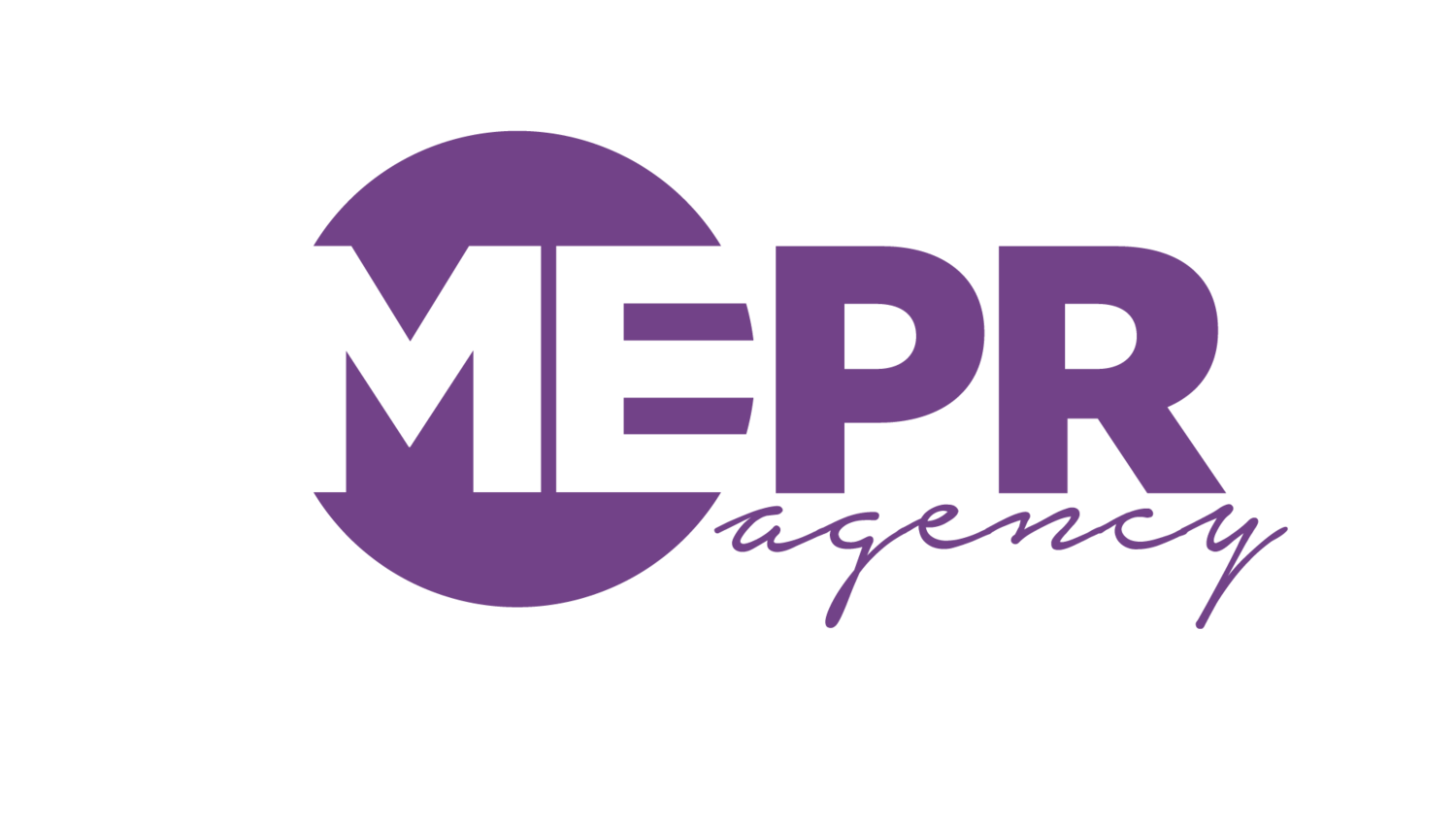Right Story, Wrong Narrator
Your story matters.
Who tells it matters more.
A strong narrator is a key component of a compelling story. As strategic storytellers, we must consistently examine our brand's narrators. Narrators give your story emotion, and have significant power over the direction of your brand - shaping the customer's perception and the feedback your brand receives. A poor narrator can lead to misrepresentation and understanding gaps both internally and externally. For nonprofits, a poor narrator may look like pursuing the wrong donors or not communicating the impact of their donations to your organization. Some businesses may experience poor narrators in unsatisfied or underserved customers who then tell a negative story about your brand to their social circles. Inside corporations, poor narration may take the form of disorganized meetings, inefficient communication between teams, and missed deadlines.
Here's a 15-minute exercise for your organization to consider.
Analyze your target audience: What do they value? Where are they found, physically and virtually? What are they currently doing or using? What voices are they listening to? What type of rhetoric do they respond to? What can you offer them to make that change? Once you’ve got a grip on that, it will be easier to determine your ideal medium. Additional avenues like search engine optimization and social media analytics can help you understand what gaps may exist between your brand and your intended customers.
Develop a messaging guide: It is not always easy or practical to simply change narrators. In these cases, it’s best to develop a uniform messaging guide to distribute throughout the company. Every employee should understand the company’s vision, customers, and message. Develop answers to frequent or potential questions as well as tips that will be applicable for multiple mediums. Your content should be uniform in that each post or product communicates your distinct brand story regardless of the medium. When communicating through social media, your messaging should include images and potent, bite-sized information that will make viewers curious while communicating the fundamentals. For longer pieces, you should seek to communicate credibility and experience while highlighting the unique benefits of using your company.
Find your narrators: Consider all the voices that are telling your brand story. The person with the most expertise, especially in technical fields, may not be the best person to reach your target audience. Whose voice does your story come from? Do your narrators understand their role in communicating your brand story? Is the language they're using intelligible and inclusive with respect to your target audience? Is that voice relatable and believable? Don't limit your story to your PR person. Your customers are also narrators that will either uplift or harm your brand story, reinforcing the necessity of the first two components.
If you suspect you may have a misaligned narrator, consider these steps:
- Hire an inclusivity consultant: We often respond best to people who look like us or have some other shared characteristic. If there's a significant gap between the makeup of your staff and your intended audience, it may be useful to bring in a specialist.
- Proudly display yourself: Let your audience in on some of your work and practices. Having a trustworthy narrator often requires some transparency, and in a digital world, it is increasingly important to produce visual dialogue that is easy to digest.
- Engage in meaningful conversation: Ask thoughtful questions and give specific, insightful answers. Reply to comments and reviews when you can. Responsive employees lead to happy customers and effective narrators.
Assessments such as these should not be a one-time exercise. Rather, they should be routinely incorporated to ensure that your brand's messaging is clear, true to your mission and goals, and reaching its intended audience. The use of social media analytics, customer feedback, and internal company evaluations are also helpful tools in reviewing the strategy and effectiveness of your storytelling. Often, the loudest voice wins. Make sure that voice is crafting your story and representing your brand in the best way possible.

